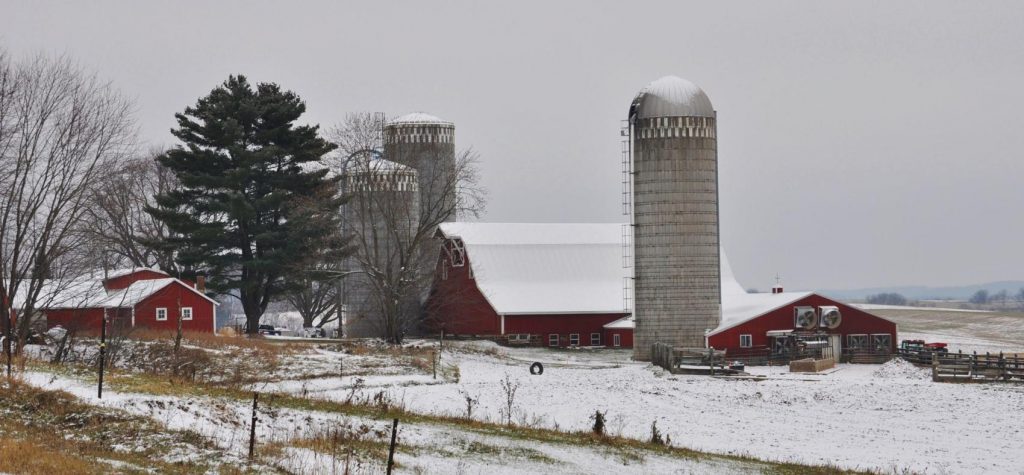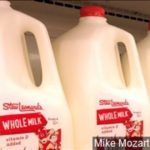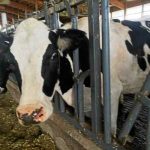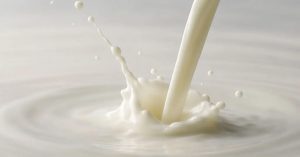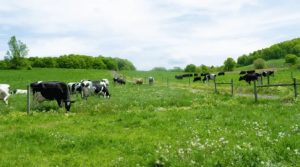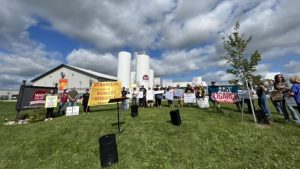
Dairy farmers continue to face longstanding challenges that are squeezing many out of business. But this year, dairy provisions in the new Farm Bill promise a better safety net. Second, with more farmers having been forced out of business, milk production is expected to decline, boosting prices for those who remain.
As a result, policymakers in Washington and Madison should avoid knee-jerk reactions to the farmers’ dilemma. Rather, they should focus on solutions to the long-term economics of dairying.
Dairy farmers are important to Wisconsin’s economy and its identity. That’s why the state is known as America’s Dairyland, and why we call ourselves Cheeseheads. Wisconsin is home to more dairy farms than any other state. We are No. 1 in cheese production. The dairy industry contributes $43 billion a year to the state’s economy.
But dairy farmers are in trouble. Prices for their milk fell almost 40 percent from 2014 through last year. The prolonged price drop was more than many farmers could survive. Last year, nearly two Wisconsin dairy farms per day went out of business. It was a continuation of a long-term trend toward consolidation. In the past decade, the number of Wisconsin dairy farms is down by 40 percent, though milk production is up.
In response to the trend and to other economic changes, a state lawmaker even proposed removing the nickname America’s Dairyland from the state’s car license plates.
The root of the problem is that farmers are doing what they are supposed to do: improving their efficiency, producing more milk from fewer cows. But demand has not kept pace. Consequently, the market is awash in milk, driving prices ever lower. Farmers respond by trying to get even more efficient, which increases supply and depresses prices in a vicious cycle.
For centuries, governments worldwide have tried to protect farmers from market squeezes and weather catastrophes. The goal is to keep food available and affordable for consumers. Toward that end, the 2018 Farm Bill established a much-improved program to support dairy farmers with a new insurance plan. Farmers can buy cheap insurance that will pay them benefits when their income falls below a level of coverage chosen by the farmer. This Dairy Margin Coverage insurance program should support farmers better than previous programs and should cost taxpayers less, too.
Meanwhile, several proposals have emerged to add more short-term supports for farmers. Those proposals range from setting an emergency minimum price for milk to buying up surplus products to boost prices. These shortsighted programs would penalize taxpayers and consumers and should be rejected.
Lawmakers should instead allow the new dairy insurance program and improving markets to steady the dairy economy. Demand can be improved by concluding better trade agreements. Agreements already negotiated with Canada and Mexico should be approved, and President Trump should close a deal with China.
Dairy farmers are emerging from one of their most difficult periods. But challenges remain.
